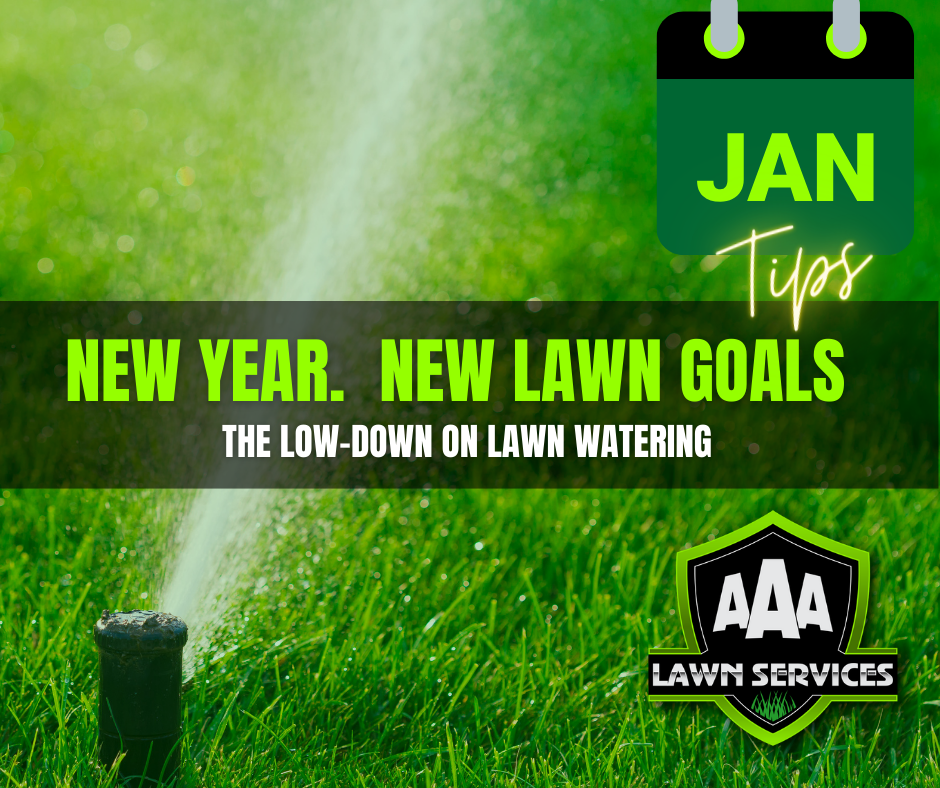
Care for lawns during periods of extreme heat.
When a plant, irrespective of whether it is your prize pelagonium, or just a single grass plant in a lawn, suffers heat stress, many of the fine hair roots fall away from the root system. This is the plant’s normal response to stress, when biological functions shut down and leaves begin to wilt. It takes a long time for the plant to recover from this kind of stress. Growth tends to be weak and spindly because those fine roots that account for much of the root system surface area have been lost. We see this in hydrangeas, in fuchsias, and in turf grasses that receive a daily sprinkle rather than deep watering. The shallow root zone is unable to cope with extra demands for soil moisture.
The only way that the plant will recover is to keep the soil temperature down to the optimum for that plant where maximum growth will occur and by maintaining humidity about the leaf zone.
While kikuyu grows best in temperatures from 15C to 30C, a protracted spell of hot weather over 35C will allow soil temperature to build up and force the plant into dormancy. The best management practice is not to let the soil temperatures rise above a critical 32C by thoroughly irrigating when the weather forecasters first predict a heat wave, four or five days before the heat occurs.
While we can’t control Nature’s heat, we can lessen the effects of heat stress by temporarily raising the mowing height to provide a denser canopy over the soil surface. Turfgrass that is under drought stress should be carefully maintained. It is best to raise the height of cut and not mow during the heat of the day. Rotary blades should be kept sharpened.
You may be questioning the wisdom of continuing to maintain a lawn given the recent increases in the price of water. Remember, some of the environmental benefits of lawns include lowering the temperature of the surrounding environment. This can result in a direct saving in air-conditioning costs. Also, a well-maintained lawn can increase the value of a property by up to $15,000.





